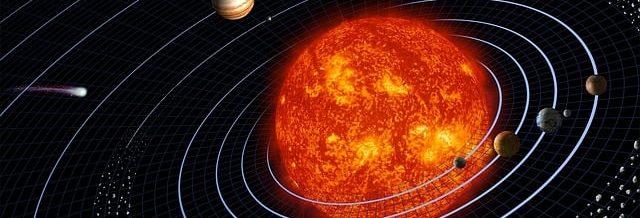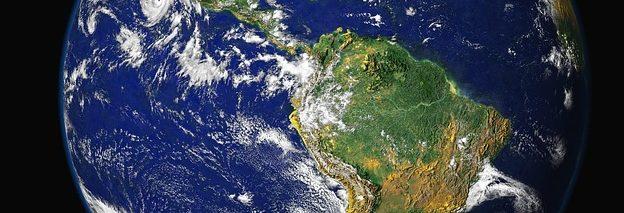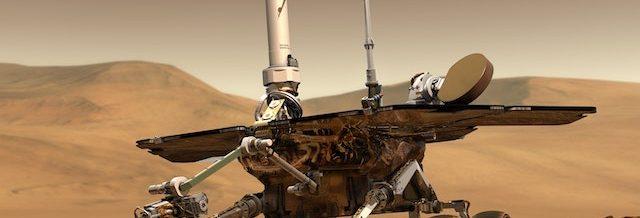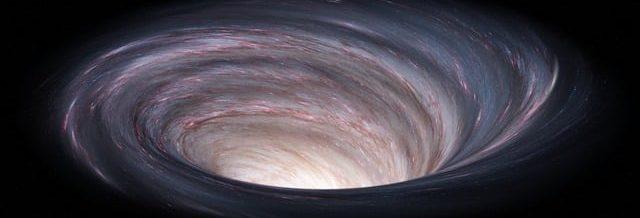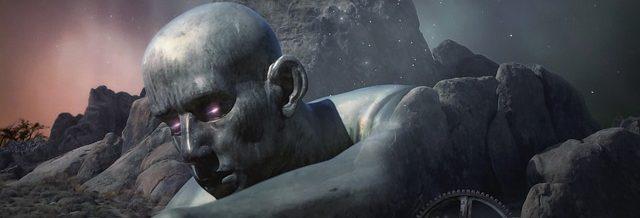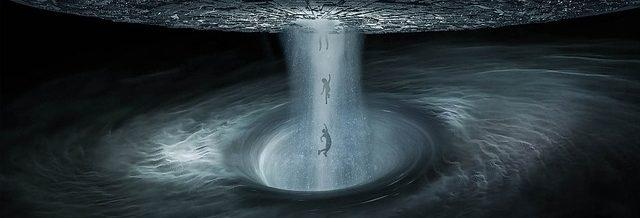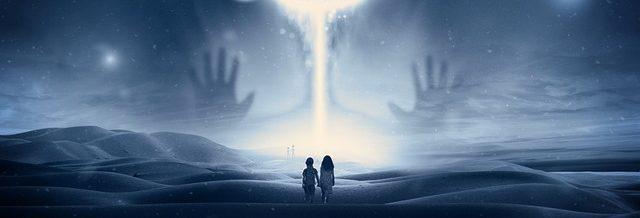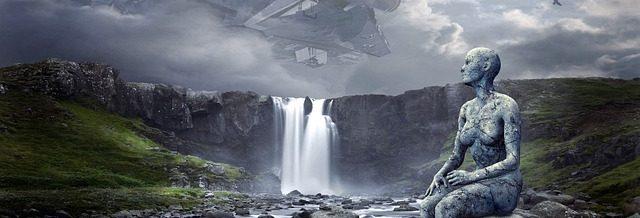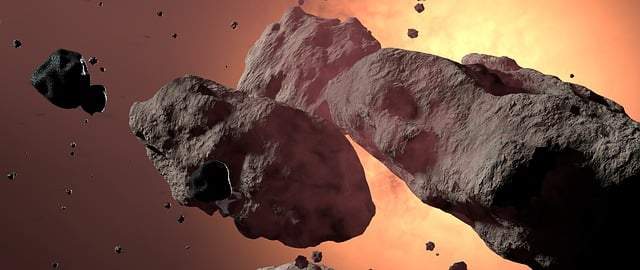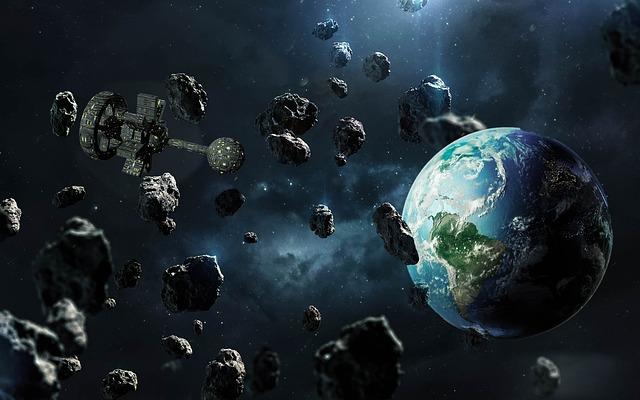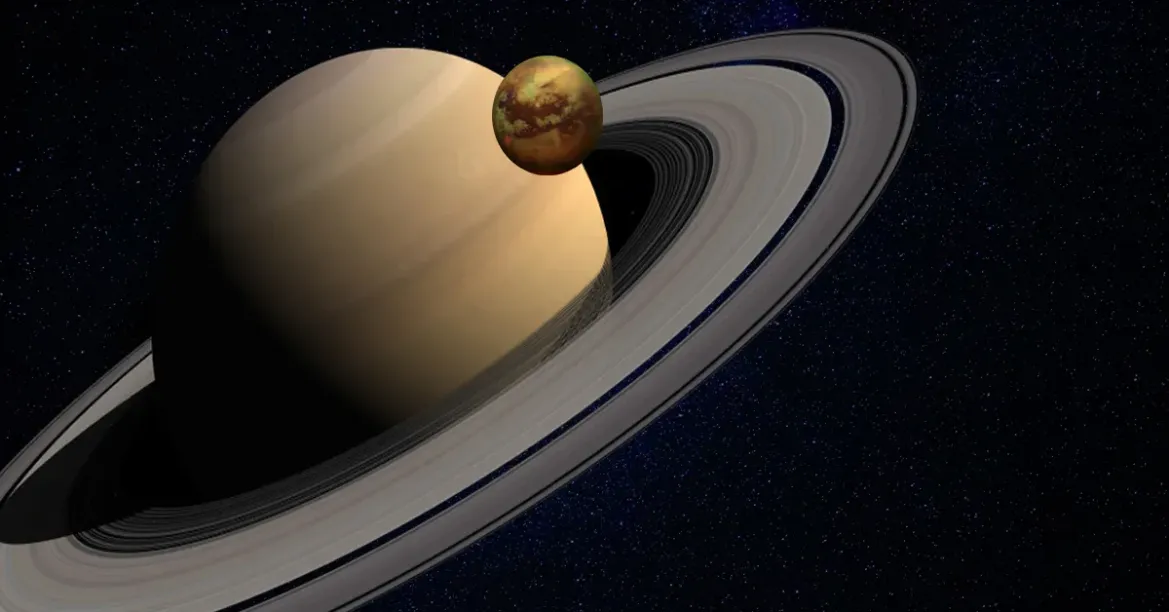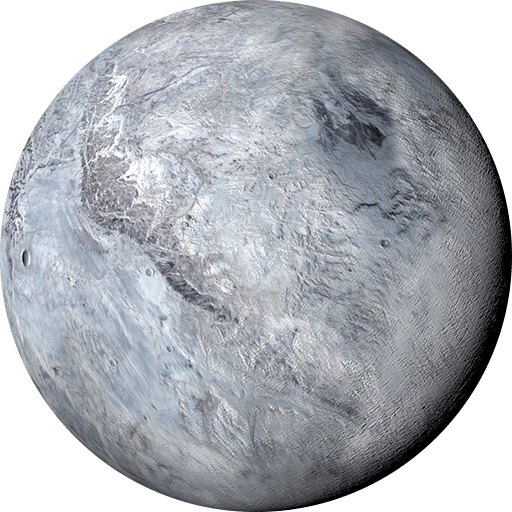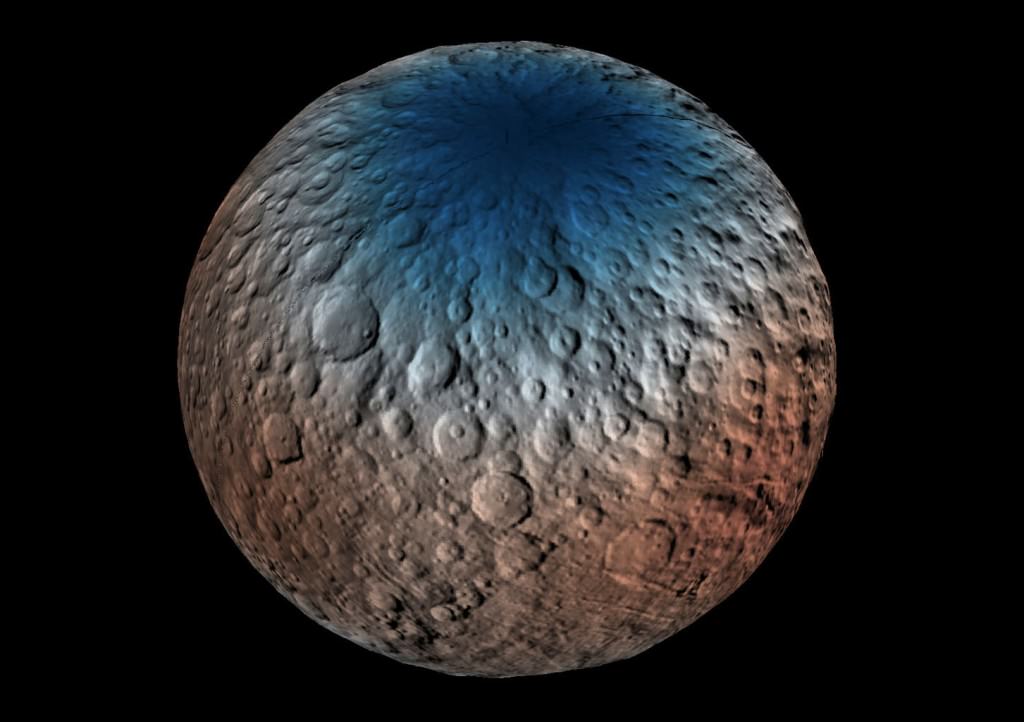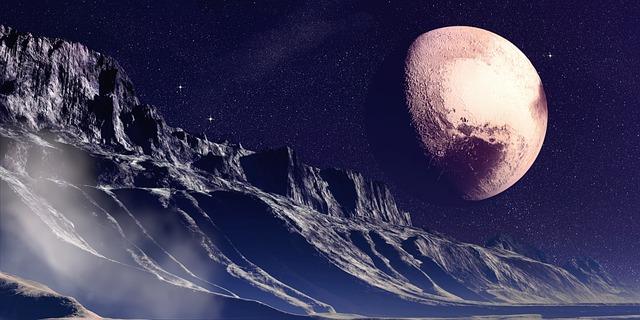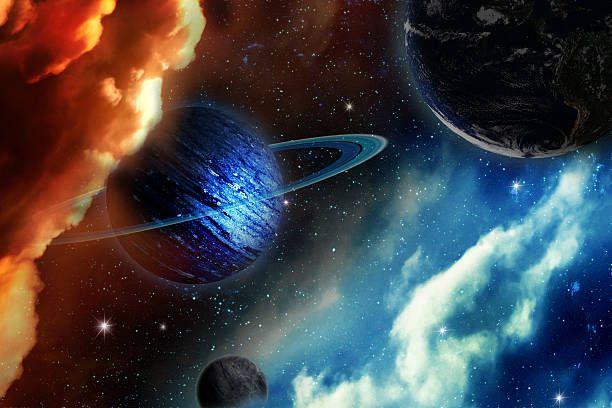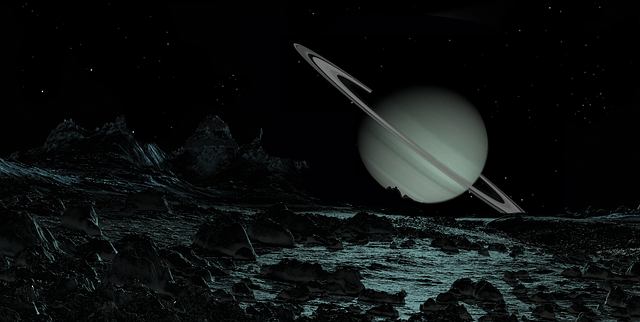Introduction to Comets Comets are one of the most fascinating objects in our Solar System. They are icy bodies that orbit the Sun and provide valuable insights into the formation and evolution of our Solar System. In this blog post, we will take a closer look at comets, their anatomy, types, and their significance. Anatomy of Comets Comets have a unique anatomy that sets them apart from other objects in our Solar System. They consist of a small, solid, icy core called the nucleus, which can be as small as a few meters or as large as tens of kilometers […]
Overview | Comets :- Exploring Mysterious Secrets | ScitechVentureRead More »

